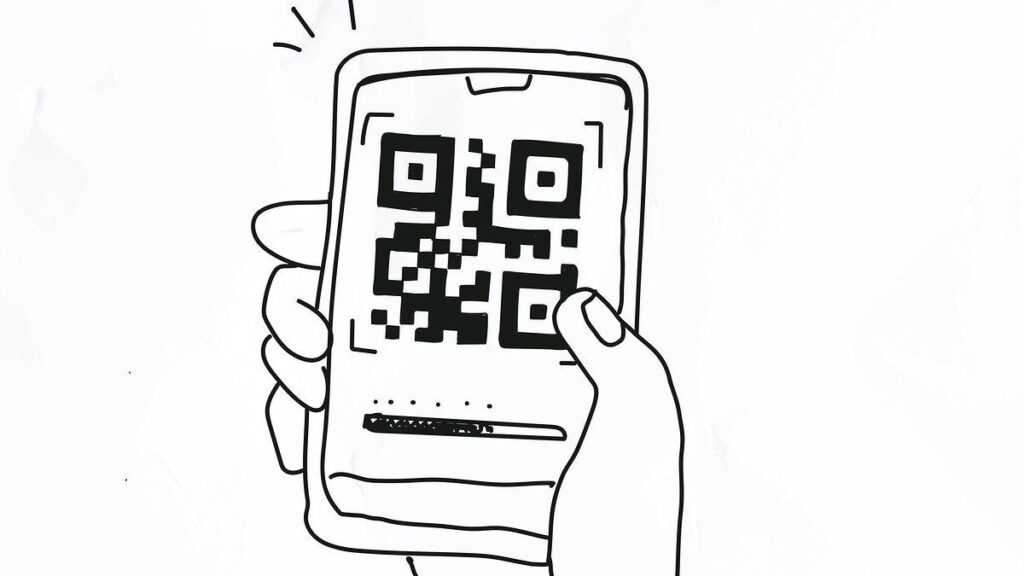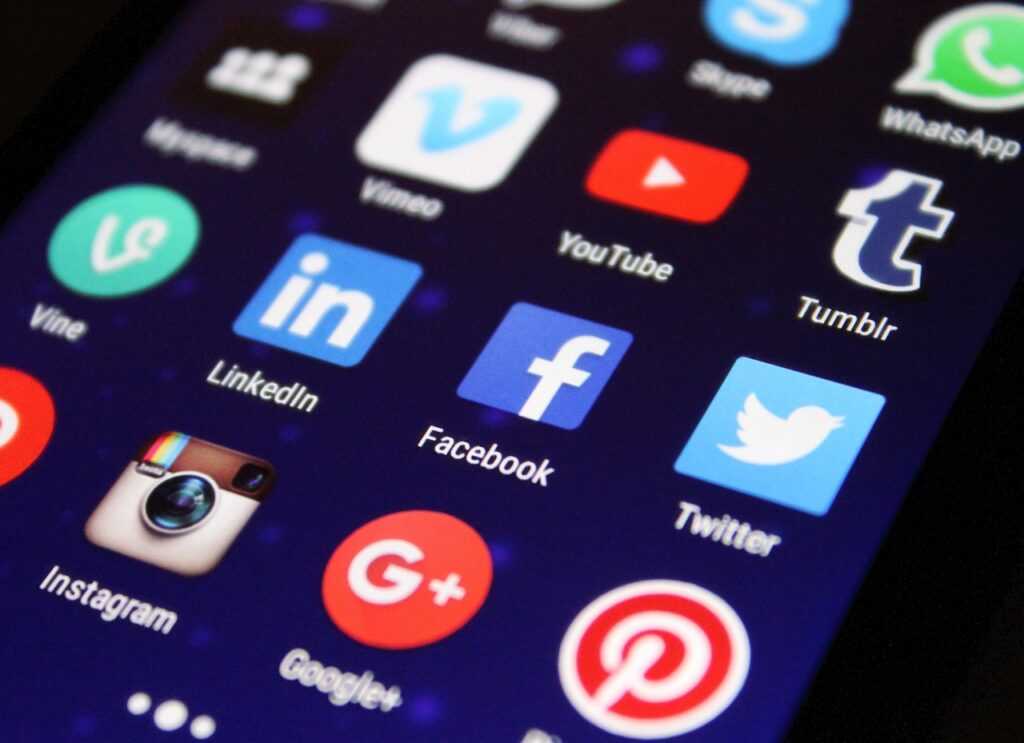In today’s fast-paced digital world, QR codes have become an essential tool, simplifying a range of activities in our personal and professional routines. Originally developed in Japan during the 1990s, QR (Quick Response) codes have evolved into versatile tools that serve various purposes in sectors such as retail, logistics, marketing, education, and healthcare. This article explores how QR codes are transforming routines and just how easy they are to create.
QR Codes in Everyday Routines
Streamlining Payments and Transactions
One of the most impactful uses of QR codes is in digital payments, especially in retail and food service. By scanning a QR code, customers can quickly pay for products or services using digital wallets or banking apps, without needing to carry cash or cards. This speeds up transactions, reduces wait times, and enhances security, as no sensitive information is directly shared in the process.
Enhancing Customer Experience
Businesses are leveraging QR codes to improve customer experience by embedding codes on product packaging, advertisements, and even customer service stations. With a quick scan, customers can access detailed product information, promotions, or loyalty programs. QR codes can also be used on business cards or at service counters, allowing customers to immediately access contact information or service details, making their interactions with businesses smoother and more efficient.
Optimizing Inventory and Logistics
For logistics and supply chain management, QR codes provide an efficient way to track products throughout their lifecycle. Placing QR codes on inventory items in warehouses allows workers to quickly scan and update tracking systems, reducing human error and speeding up data processing. The fast scan and input make inventory management significantly smoother and more accurate, freeing up valuable time in the process.
Enabling Contactless Office Processes
QR codes are increasingly used in offices to enable contactless, digital solutions. For instance, office managers can place QR codes on meeting room doors for employees to scan and check room availability, reserve space, or confirm attendance. Some companies have introduced QR codes on equipment or employee badges to grant quick access to information or internal systems, reducing paperwork and simplifying workflows.
Creating QR Codes: Simple and Accessible for Everyone
Creating QR codes has never been easier, and with so many user-friendly platforms available, anyone can make a customized QR code in just a few steps. Here’s a step-by-step guide on how to create one for your business or personal use:
- Choose a QR Code Generator: Several reliable, free QR code generators are available online, such as QR Code Generator, QRStuff, and Canva. These platforms offer customization options, such as changing colors, adding logos, or adjusting shapes.
- Select the QR Code Type: Most platforms offer various QR code types depending on what you’re using it for—whether it’s linking to a website, sharing a document, providing Wi-Fi access, or directing to an email address.
- Customize Your QR Code: To make the QR code unique and branded, add your company’s logo or specific colors. Many platforms allow you to adjust the shape or design for a more personalized look.
- Download and Test: Once created, download the QR code in a format that suits your needs (typically PNG or SVG). Test it on different devices to ensure it works consistently.
- Print or Share Digitally: You’re now ready to distribute the QR code, either by printing it on physical materials or sharing it online through email, social media, or your website.
The Benefits of Integrating QR Codes into Your Routine
The advantages of using QR codes extend beyond just convenience; they provide a range of benefits for both businesses and individuals:
- Cost-Effective: QR codes are inexpensive to produce and don’t require specialized hardware to scan, as most smartphones can scan them instantly.
- Easy Accessibility: QR codes can be used by anyone with a smartphone, making them accessible for a wide audience and ideal for customer-facing applications.
- Increased Efficiency: By minimizing paperwork and streamlining processes, QR codes help businesses digitize operations, reduce time spent on repetitive tasks, and lower error rates.
- Enhanced Customer and Employee Engagement: QR codes enable quick access to online content, which can boost engagement with customers and employees alike by providing relevant information instantly.
QR codes have proven to be a game-changer in many areas, offering efficient, accessible solutions that support both personal and professional routines. From simplifying payments to improving customer service, QR codes make accessing information faster and easier. And with easy customization options, anyone can create a QR code that suits their needs. As more organizations and individuals adopt QR codes, these small, versatile tools will continue to play a major role in our increasingly digital lives.



